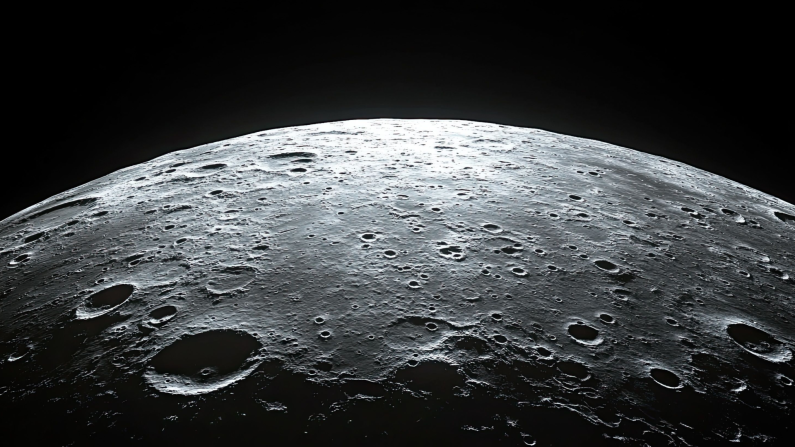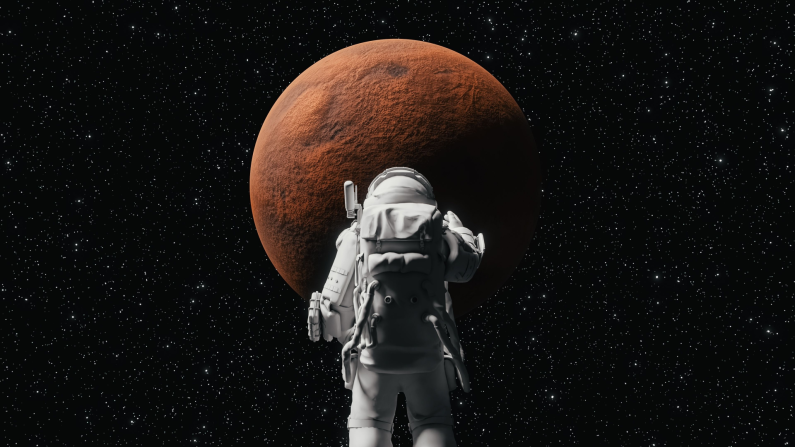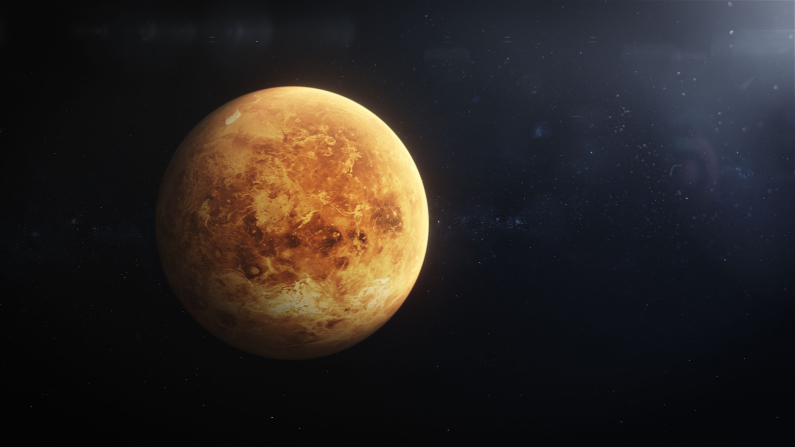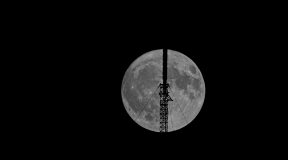Not even a century has passed since the first human spaceflight, and humanity’s ambitions already extend to distant planets and the exploitation of extraterrestrial resources. What horizons of space exploration do leading spacefaring nations see by the middle of the 21st century? We’ve gathered the most impressive projects from various countries and organizations in this article!
Moon: Return and a New Era of Exploration

After decades of relative quiet, the Moon has once again taken center stage. NASA’s “Artemis” program envisions the return of humans to the Moon in the coming years (the Artemis III mission is scheduled for 2026), and by 2040, scientists and engineers hope to build the first sustainable “Gateway” base in lunar orbit for scientific research and preparation for long-distance space missions. The main goal is to extract water ice in the region of the lunar south pole, which can be used to produce rocket fuel, as well as oxygen and water directly at space bases.
Russia is not lagging behind either. “Roscosmos” plans to deploy automatic stations “Luna-25” (already launched, but crashed), “Luna-26”, “Luna-27” and “Luna-28” to study lunar soil and search for mineral resources. The possibility of building a lunar base jointly with China is being considered – the International Lunar Research Station (ILRS).
The Chinese space program itself also demonstrates rapid progress. The completion of the construction of its own orbital station “Tiangong” and ambitious plans to explore the Moon, including the creation of the International Lunar Research Station (ILRS) by 2035, emphasize the PRC’s desire to take a leading position in the space race. ILRS involves the construction of a permanent habitable base on the Moon, capable of supporting long-term scientific research.
Mars: Red Planet – The Next Goal?

Despite the popularity of the Moon, it is Mars that remains the ultimate goal for many space agencies. NASA, SpaceX, and other companies are actively developing technologies to send manned missions to the “red planet.” SpaceX plans to send the first manned mission to Mars as early as the 2029-2030s, using the Starship rocket developed by SpaceX (the launch of which, however, is still ending in failure). Ideally, it is also planned to create Martian bases, which will become a bridgehead for further study of the planet and the search for signs of life, just like in the sensational film “The Martian” with Matt Damon.
ESA (European Space Agency) is also actively participating in Martian projects, such as ExoMars. Despite the fact that the project was suspended in 2022, it is not considered completely closed and may well be continued. ExoMars involves sending the “Rosalind Franklin” rover to Mars to search for signs of life in the past or present. ESA also plans to participate in future missions to deliver samples of Martian soil to Earth.
Another ambitious project is Mars Sample Return (MSR) – a joint project of NASA and ESA, the goal of which is to deliver samples of Martian soil collected by the Perseverance rover to Earth. This will allow scientists to conduct a detailed analysis of these samples in Earth laboratories, which may give new data on the geological history of Mars and, possibly, on the presence of signs of life. The MSR project involves the launch of several missions, the first of which will likely take place in the early 2030s.
Deep Space: Asteroids, Venus, and New Horizons

In addition to the Moon and Mars, the plans of the leading space powers include the exploration of asteroids. Thus, NASA plans the Psyche mission to the asteroid 16 Psyche, rich in metals, to study its composition and origin. The extraction of minerals on asteroids (such as nickel, iron, and platinum) may become a new source of resources for Earth’s industry and space programs. Companies Planetary Resources and Deep Space Industries are also developing their own technologies for extracting resources on asteroids. These include giant space transporters that can travel between Earth and asteroids, as well as equipment capable of processing the extracted metals directly in space, so that they can be used there.
The study of Venus, which recently seemed fantastic, is now also on the agenda. NASA is planning DAVINCI+ and VERITAS missions to study the atmosphere and surface of this planet. DAVINCI+ will drop a probe into the atmosphere of Venus to measure its composition, and VERITAS will map the surface of the planet in detail using radar.
In addition, technologies are being developed to explore deep space, including the creation of new engines (such as nuclear and ion). NASA is developing a nuclear thermal propulsion (NTP) engine to accelerate interplanetary flights. Ion engines, such as the NEXT-C engine, are already used on spacecraft for long-distance missions.
Robots and automation play an important role in space exploration. Automatic stations, geological robots, construction robots - first of all, it is necessary to create them in order to provide humanity with a systematic and safe study of space, because a person is often unable to perform missions that require a long stay in space, especially in the open. For this reason, NASA plans to use robots to build the “Gateway” lunar base and to extract resources on the Moon. Companies such as Astrobotic and Masten Space Systems are developing lunar rover robots to explore the surface of the satellite.
Based on all of the above, there is no doubt that by 2050 humanity will definitely return to the Moon and begin construction of the first lunar bases. Also, the first manned missions to Mars will appear, and work on the exploration of asteroids will be initiated. However, how far humanity will go on this path is still difficult to say, however, building ambitious plans and striving for the stars in a direct and figurative sense does not prevent, does it?
Share this with your friends!






Be the first to comment
Please log in to comment